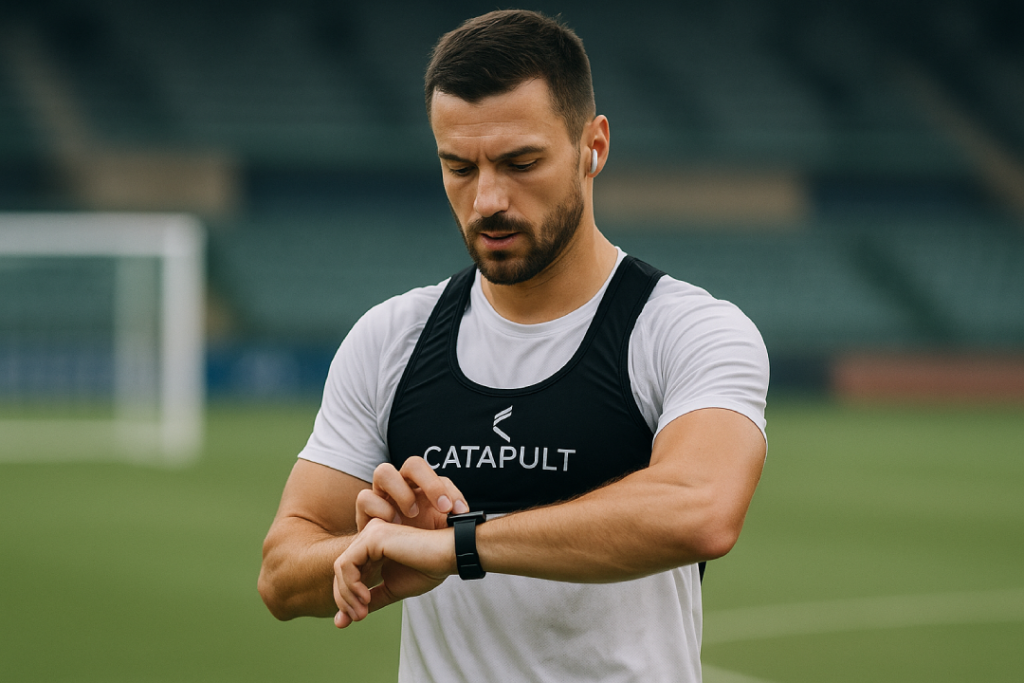
Imagine knowing exactly how well your body performs—every second of the day. That’s not a fantasy for modern footballers. With biometric monitoring, athletes are now tracked on and off the pitch, helping them perform better and stay healthier.
What Is Biometric Monitoring?
Biometric monitoring means collecting real-time data from an athlete’s body—heart rate, oxygen levels, sleep cycles, hydration, even stress levels. Most players wear discreet devices or patches that sync with software used by their team’s medical and coaching staff.
I once visited a training facility in Spain where players wore smart vests and rings even while sleeping. The level of detail was stunning—they could tell if someone was likely to underperform the next day due to low sleep quality alone.
How It Improves Performance
These insights are powerful. Coaches adjust training intensity based on recovery data. If someone’s muscle fatigue is higher than expected, their load is reduced to prevent injury.
Nutritionists also use the data to tailor meals and hydration plans. It’s like having a Formula 1 pit crew monitoring your every move, ensuring you’re always in top condition.
Preventing Burnout and Injuries
One of the biggest advantages of 24/7 tracking is early detection. Small red flags—like elevated resting heart rate or slow reaction times—can signal bigger problems ahead. Teams can intervene before a minor issue turns into a major setback.
It’s not just about extending careers—it’s about protecting them.
The Privacy Dilemma
Of course, there’s a flip side. Being monitored all the time can feel invasive. Some players worry about how the data might be used—especially during contract negotiations.
That’s why ethical guidelines and data ownership rules are becoming a hot topic in sports science. Players need to feel that their information is used to help—not control—them.
The Body Is the New Playbook
Biometric monitoring is redefining how teams prepare and protect their athletes. The future of football isn’t just tactical or technical—it’s biological.
And while we may never see the data during a live match, rest assured: behind every sprint, every recovery, and every comeback, there’s a silent stream of numbers working hard to keep players at their best.